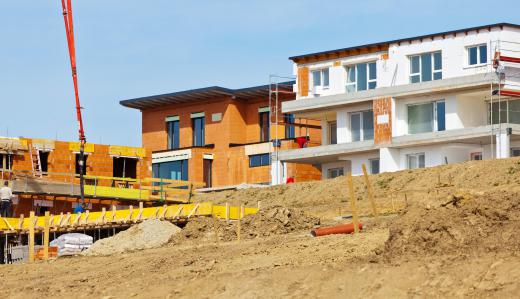Also known as urban infill development, infill development is a strategy that is used to repurpose real estate within a city or town that is no longer serving any real purpose. The process of this type of development effort may include new construction on vacant lots, rezoning declining areas for new purposes, or even modifying existing structures so they can serve a new purpose. Infill development is often part of an overall urban renewal strategy, designed to revitalize areas of the city that have declined and are no longer considered desirable for any particular purpose.
The most common example of infill development usually involves vacant lots or parcels of land. While these lots may have once held some type of structure, those buildings are no longer present. In order to make the area useful again, city planners identify a use for the vacant lot and proceed to implement that purpose. For example, a vacant lot may become home to a new structure, or even be turned into a parking lot that helps to alleviate a parking problem that prevents consumers from shopping in nearby retail establishments.

Another example of infill development in inner city areas is the conversion of a vacant lot into a neighborhood park or recreation facility. This approach can often provide local residents with activities in their own neighborhoods that were unavailable in times past, and lead to an increase in civic pride. Over time, the presence of the park or recreation center leads to other improvements to the surrounding neighborhood, making the area more desirable to people who are looking for a new place to live.

In some cases, infill development is focused on repurposing older structures that are still in relatively good condition. A popular approach today is to take older warehouses that are no longer in use and convert the structures so they house condominiums or apartment lofts. Some designs call for creating retail space on the bottom floor, reserving the upper floors for living space. This particular approach is helpful when attempting to revitalize a downtown area near a waterfront, and can often serve as an anchor for encouraging people who work in the city to make downtown their home as well.

The process of infill development often means changing the zoning laws and how they apply to a given area. This means that once thriving sections that were reserved for commercial use only may have to be rezoned in order to allow buildings to be converted into usable and attractive living space. At the same time, residential areas that have declined significantly may have to be rezoned in order to build commercial structures in the area and possibly restore some degree or prosperity to the area.

